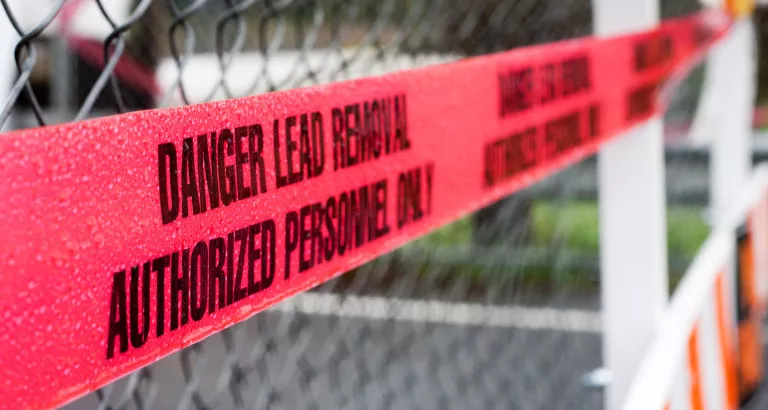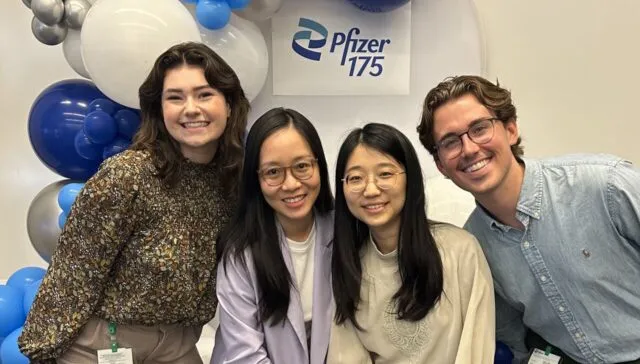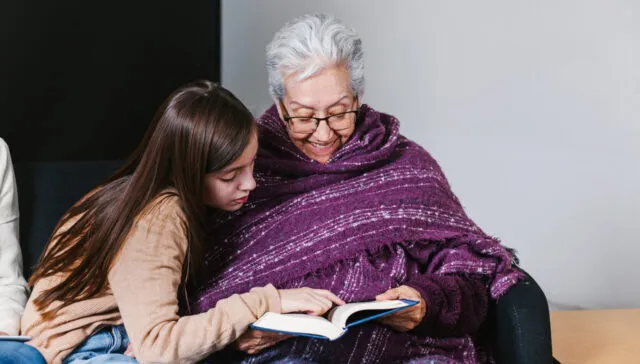Preventing child lead poisoning by integrating health in workplaces and homes

Across the US, big strides have been made to reduce levels of lead in the blood of children. However, efforts have not reached all families equally. Today, some families go through the hardship of finding out their child is suffering from lead poisoning. For those families, life will never be the same. Child lead poisoning robs kids of their future by creating a myriad of health problems, including reduced intellect and potential behavioral problems.
Some of the families more likely to experience child lead poisoning are those where one in the household works in industries where they are exposed to lead. For a construction worker, for example, getting a big job renovating an old home should come as a reason for pride. However, old homes with lead paint can also provide the opportunity to generate lead dust during renovation work. Guidelines and provisions are in place to ensure the lead dust does not stay in the renovated home before it is occupied again, but often nothing is done to remove the lead dust when workers leave the workplace to go to their homes.
How lead can find its way into a child’s home
Lead and other metals can travel to the household through the “take-home” pathway—which refers to the process of workers unintentionally bringing contaminants, such as lead, from the workplace to their residence—where household members then are at the risk of lead exposure. Lead can travel on the workers:
- Clothing
- Shoes
- Personal protective equipment
- Personal items
Besides outdated occupational health standards that are not enough to limit workplace exposures to lead, the take-home pathway falls in a gap that is not well addressed in existing policy. This creates an unequal burden of toxic exposures on vulnerable populations, and thus, an increase in child lead poisoning diagnoses.
How child lead poisoning can happen
Lead exposure in children occurs primarily by either swallowing or inhaling lead dust particles in the home. Even with very small amounts of exposure over time, child lead poisoning can occur and result in adverse health effects. If lead comes home with family members that work in construction, children are particularly at risk of exposure. Children put toys in their mouths and play on the ground, which increases their risk of exposure. No amount of lead in a child’s blood is safe. Children have small bodies that can accumulate higher concentrations of the toxicant.
In Massachusetts, most child lead poisoning cases are in low to medium wage minority families, and in communities that face persistent environmental and socioeconomic stressors. Among these populations, construction is a typical occupation of household members. These workers commonly have high blood lead levels, as do their children. The take-home pathway might emerge as a mechanism by which construction jobs impact the health of communities, or exacerbate preexisting disparities. When social marginalization is a factor, prevention strategies need to be especially innovative, which is the focus of the RECLEAN Pilot Study at the Boston University School of Public Health.
The RECLEAN project aims to reduce take-home lead exposure
The new RECLEAN Pilot Study, Reducing Lead in the Homes of Construction Workers, directed by Dr. Diana Ceballos, aims to empower construction workers and their families to prevent exposure to take-home lead by using a combination of environmental and educational interventions. During the project, the research team works to collect environmental and biological samples in approximately 60 construction worker families, before and after the intervention to measure lead and other metal levels. The intervention focuses on delivering an in-home educational session, and a construction worker educational session focused on the best practices to reduce take-home lead exposure, which, in turn, will yield fewer child lead poisoning cases. Also, during the intervention, the research team completes home inspections and provides the family cleaning products designed to remove lead.
The RECLEAN pilot study aims to fill knowledge gaps for construction workers. During our evaluation of the educational sessions, we found that some workers are aware of the take-home pathways of lead and take action to limit their risk of exposure. While they may know about the harm of lead poisoning, they don’t always have the resources necessary to help reduce the contamination in their homes—like the privacy needed to change before entering their home, or the knowledge of the best practices to prevent take-home lead. RECLEAN works to fill those needs.
Employers can be a part of the solution
Construction workers aren’t always aware that lead and other metals can be transported from the workplace to their homes, where their loved ones can be exposed. For this reason, research that identifies household interventions for construction workers is needed to understand what is effective. It can also serve as a call to action for employers to be more proactive in not only protecting the health of their workers but also that of their families. Employers and companies must take part in solving the problem of take-home lead by ideally providing take-home lead prevention training and resources to their employees. The RECLEAN Pilot Study aims to create validated tools that employers and companies can use in the future to prevent lead take-home exposure and instances of child lead poisoning.
Preventing child lead poisoning associated with jobs at high risk for lead exposures like construction, needs to be a collaborative effort among employers, construction workers, and their families – working together to integrate health in both workplaces and homes. Ultimately, we should all care for the health of children.
If you are interested in how you or your construction organization can get involved with this study or others, contact idea hub or you can contact the study directly at recleanpilot@gmail.com
Meet the Team
Diana Ceballos, MS, PhD, CIH, is an Assistant Professor and Director of the Exposure Biology Research Laboratory in the Department of Environmental Health at the Boston University School of Public Health. She is an exposure science expert and certified industrial hygienist with 15 years of experience in environmental and occupational health studies, worked at the National Institute of Occupational Safety and Health, and was a Harvard JPB Environmental Health fellow. She received her doctoral degree in Environmental and Occupational Hygiene, her Master of Science in Atmospheric Chemistry, and a Bachelor of Science in Chemical Engineering. She is the Principal Investigator of the following take-home prevention studies: JPB/CRESSH/NIEHS-funded Harvard Take Home Study, the HUD-funded RECLEAN Pilot Study, and the BU IOC-funded EMPOWRS Pilot Study.
Mariangelí Echevarría-Ramos, is an MPH candidate at the Boston University School of Public Health in the track of community health. She is also a Graduate Research Assistant at the Exposure Biology Research Laboratory in the Department of Environmental Health at BUSPH. She received her bachelor’s degree in biology with concentrations in natural resources and environmental sociology from the University of Puerto Rico – Mayagüez. She is interested in the intersection between environmental health and the social determinants of health, especially among Latinx and Hispanic communities.
Grant Tore, MPH, is a Research Coordinator at the Boston University School of Public Health. He received a bachelor’s degree in biology and Spanish from the University of South Carolina and a Master’s of Public Health from Columbia University. In the fall, he will start a PhD in exposure sciences and environmental epidemiology at Johns Hopkins University. His current work focuses on the intersection between occupational and home environments and understanding new ways to prevent take-home exposures.
Twitter: @busphEH




